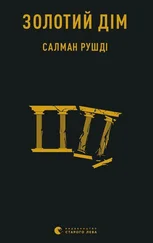If Quichotte’s craziness was leading him to run toward his doom, then Brother’s anxieties were close to triggering a flight response. He wanted to run but didn’t know where or how, which made him more fearful still, because he knew that in his spy fiction he had already told himself the answer. You can run but you can’t hide.
Maybe writing about Quichotte was a way of running away from that truth.
It was difficult for him to speak of personal things because he had never been the confessional type. From his boyhood days he had been drawn toward secrecy. As a small child he wore his father’s sunglasses to conceal his eyes, which revealed too much. He hid things and watched with glee as his parents searched for them—their wallets, their toothbrushes, their car keys. His friends would confide in him, understanding that his was a serious silence, the silence of a pharaoh in his pyramid; sometimes an innocent confidence, sometimes a not so innocent. Innocent: that they had a crush on such and such a boy slash girl; that their parents drank too much and fought constantly; that they had discovered the joys of masturbation. Not so innocent: how they poisoned the neighbor’s cat; how they stole comic books from the Reader’s Paradise bookstore; the things they did with the see-above crushed-on girls slash boys. His silence was like a vacuum that sucked the secrets out of their mouths and right into his ears. He made no use of his secret knowledge. It was enough simply to know, to be the one who knew.
He kept his own secrets too. His parents looked upon him with a mixture of puzzlement and concern. “Who are you?” his mother once asked him in annoyed tones. “Are you even my child? Sometimes it’s like you’re an alien from another planet, sent to watch us and gather information, and one day a spaceship will scoop you up and your little green relatives will know all our secrets.” This was how she was: capable of emotional brutality and unable, once a clever conceit came into her head, to stop herself from saying it, no matter how deep the wound it might inflict. His father expressed himself more gently, but made the same point. “Look at your little sister,” he would tell his son. “Try to be like her. She never stops talking. She’s an open book.”
In spite of his parents’ urgings, he went on as he was, reticent about himself and gathering other people’s whispers whenever he could. As for open books, the books he opened in his youth were usually mysteries. As a boy he much preferred the Secret Seven to the Famous Five, the Secret Garden to Wonderland. And then as he grew, it was Ellery and Erle Stanley and Agatha, it was Sam Spade and Marlowe, mean-streeted and tight-lipped! His secret worlds multiplied with the passing years. The Secret Agent, The Man Who Was Thursday, tales of espionage and secret societies, these were his guides. In his teens he studied books about black magic and the tarot—the arcana of hidden knowledge, major or minor, drew him irresistibly toward them—and he learned how to hypnotize his friends, though the target of his new skill, an attractive girl whom he desired, resisted his advances even when under his spell. He grew up wanting to know the secret ingredient in Coca-Cola, he remembered the secret identities of all superheroes, and what was Victoria’s secret, anyway? That ladies in her era wore badly made underwear? SIS, ISI, OSS, CIA, these were his initials of choice.
This was how he came to be a writer of pseudonymous spy novels. He wasn’t widely known, a situation that was unlikely to be altered by the Quichotte book, if he ever managed to get it written and published. Sam DuChamp, Author of the Five Eyes series, unacclaimed, un-famous, un-rich: when people did ask for a title of his in a store, they pronounced the pen name wrongly, calling him Sam the Sham, like the “Wooly Bully” guy, who drove to his gigs in a Packard hearse. This was a little insulting.
Yes, the name on the books veiled his ethnic identity, just as Freddie Mercury veiled the Parsi Indian singer Farrokh Bulsara. This was not because the Queen front man was ashamed of his race but because he did not want to be prejudged, did not want to be ghettoed inside an ethnic-music pigeonhole surrounded by the bars of white attitudes. Brother felt the same way. And after all it was the age of the invented name. Social media had made sure of that. Everyone was someone else now.
Pseudonyms have never been uncommon in the world of books. Women had often deemed them necessary. Brother believed (without daring to compare his poor talent to their genius) that Currer, Ellis, and Acton Bell, George Eliot, and even J. K. Rowling (who preferred the gender-neutrality of J.K. to Jo ) would have understood.
Brown people of South Asian ethnicity had a confusing history in America. In the early part of the twentieth century Quichotte and Dr. R. K. Smile’s alleged common ancestor (not fictional), supposedly the first of their clan to live and work in the USA, had been denied American citizenship on the basis of the nation’s first immigration act, that of 1790, which decreed that only a “free white person” was eligible for citizenship. And when the Immigration Act of 1917 was signed into law, South Asians, known as hindoos, were officially barred altogether from immigrating to the United States. In United States v. Bhagat Singh Thind (1923) the Supreme Court argued that the racial difference between Indians and whites was so great that the “great body of our people” would reject assimilation with Indians. Twenty-three years later the Luce-Celler Act permitted just one hundred Indians a year to come to America and gain citizenship (thanks a lot). Then in 1965 a new Immigration and Nationality Act opened the doors. After which, an unexpectedness. It turned out that hindoos were not to be a major target of American racism after all. That honor continued to be reserved for the African-American community, and Indian immigrants—many of them familiar with white British racism in South Africa and East Africa, as well as India and Britain themselves—were almost embarrassed to find themselves excused, in many parts of the USA, from racial abuse and attacks, and embarked on the path of becoming model citizens.
Not excused entirely, however. In 1987 the Dotbuster gang terrorized Indian-American families in Jersey City. A letter from the gang published in The Jersey Journal threatened violence. “We will go to any extreme to get Indians to move out of Jersey City. If I’m walking down the street and I see a Hindu and the setting is right, I will hit him or her. We plan some of our most extreme attacks such as breaking windows, breaking car windows, and crashing family parties.” The threats were carried out. One Indian man was attacked and died four days later. Another was put into a coma. There were further nighttime attacks, and burglaries too.
Then came September 11, 2001, and young Indian men started wearing T-shirts reading DON’T BLAME ME, I’M HINDU, and Sikh men were attacked because their turbans made them look Islamic, and cab drivers put flag decals on their windshields and stickers on the glass partitions between themselves and their passengers reading GOD BLESS AMERICA, and suddenly it seemed to Brother that maybe the mask of a pen name was worth continuing to wear. There were too many hostile eyes looking at people like him now. Better to be Sam the Sham. The spy guy.
—
THE FIVE EYES, OR FVEY, were the intelligence services of Australia, Canada, New Zealand, the United Kingdom, and the United States who, in the period after World War II, began sharing the results of the immense ECHELON surveillance system and its successors and now also shared information gained from monitoring the Internet. In the books written by Sam DuChamp the mutual distrust of the five principals was a central theme. Nobody trusted the Americans because they couldn’t keep secrets, and that endangered the Five Eyes’ most important assets, the undercover agents in the field. Nobody trusted the British, even though they were the best at running moles—in Russia, in Iran, in the Arab world—because of the frequent penetrations of SIS itself by moles from elsewhere. Nobody trusted the Canadians because they acted so goddamn holier-than-thou, nobody trusted the Australians because they were Australian, and nobody trusted the New Zealanders because they had never come up with a single useful surveillance program. (The major post-ECHELON programs, PRISM, XKeyscore, Tempora, MUSCULAR, and STATEROOM, were run mostly by the British Government Communications Headquarters, or GCHQ, and the American National Security Agency, the NSA, with contributions from the Australians and the Canadians.) This network of hostile allies was presently being tested further by British little-Englander separatism and American populist bullying, both of which assisted the enemy in general and Russia in particular. Brother had always been proud of the authenticity of the secret world he had created, but now he was becoming afraid of it. Maybe he had come too close to certain uncomfortable truths. Maybe the people who read the Five Eyes books most carefully were the Five Eyes themselves. Maybe they thought it was time to close the “sixth eye,” which was watching them a little too well.
Читать дальше
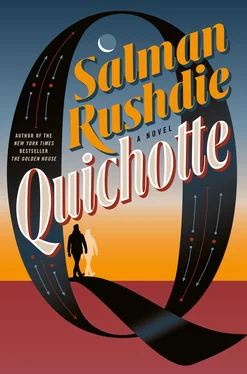
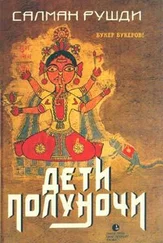


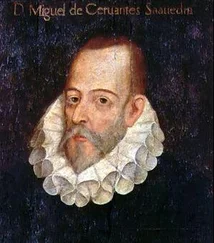
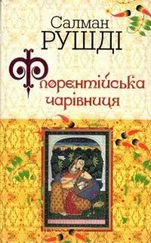
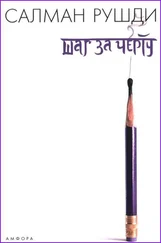
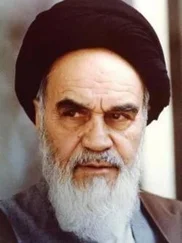

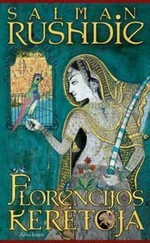
![Ахмед Рушди - Кишот [litres]](/books/431495/ahmed-rushdi-kishot-litres-thumb.webp)
